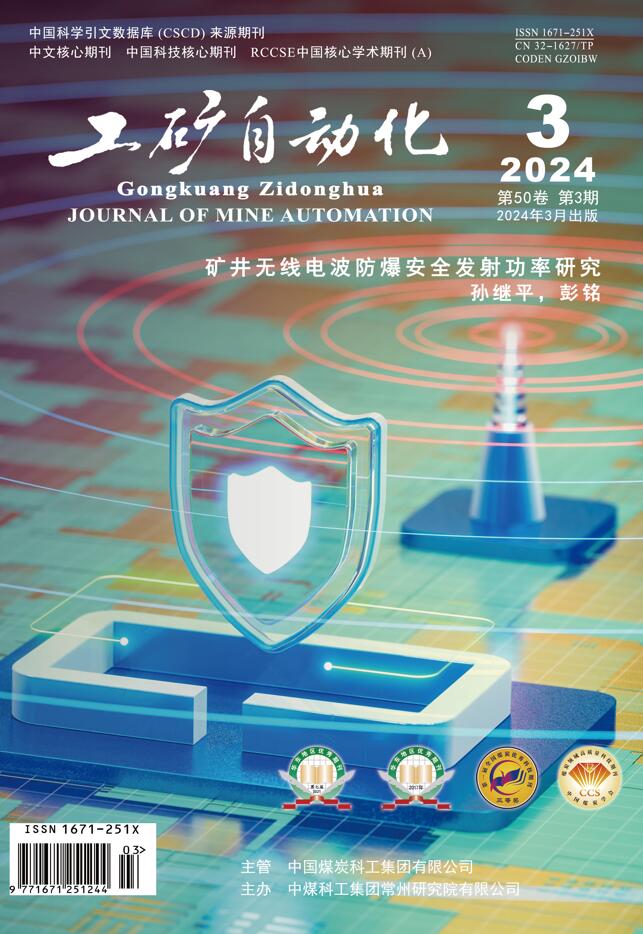Abstract:
The existing research on rock bursts in goaf roadway mainly focuses on the static load caused disaster.However, there is few research on the dynamic load superimposed disaster mechanisms based on static load.In terms of the dynamic load stress wave response of the surrounding rock of the roadway, the damage mode of the roadway is not related with the stress wave disturbance and its mechanical effects.In order to solve this problem, taking 3-1103 working face in Ordos mining area, Inner Mongolia as the research object, the study analyzes the impact damage characteristics of the goaf roadway and the dynamic and static load sources of the rock burst.The goaf roadway is under the 'F' type overburden rock structure on the side of the goaf, and the source of static load is the superimposed stress field of the lateral concentrated support stress and the advanced mining concentrated support stress of the working face.The source of dynamic load is the initial pressure of the basic roof, periodic pressure and the near-field mine earthquake formed by the square area break and the far-field mine seismic release energy.The combined effect of dynamic and static load under the impact roof rock layer can easily induce impact disaster in roadways with different stress fields under high ground stress and stress concentration.The FLAC3D numerical simulation method is used to analyze the stress state of the impact roadway under the dynamic and static load sources of the goaf roadway and the impact of the stress wave of the mine earthquake, and to verify and analyze the field impact damage characteristics in comparison.The numerical simulation results have a strong consistency with the field damage characteristics.During the goaf compaction process, the maximum vertical concentrated stress is transferred from the coal pillar to the side of the roadway side, and the bolt axial force shows an asymmetrical distribution state.During the dynamic load process, the principle stress difference of the roadway surrounding rock is repeatedly loaded and unloaded, the peak particle velocity(PPV)value of the stress wave on the front wave side is larger than that on the back wave side.The shallow stress wave of surrounding rock is reflected and superimposed, the PPV value is consistent with the maximum displacement of the shallow part of the surrounding rock after dynamic load.The surrounding rock of the goaf roadway forms the difference in stress field between the side of the roadway and the coal pillar side as well as the difference in dynamic load stress field in the process of dynamic and static load.According to the damage characteristics of goaf roadway under dynamic and static load and the results of its numerical simulation and validation analysis, the separate source prevention and control measures of static load decompression and load reduction, dynamic load earthquake reduction and energy dissipation are formulated.The measures are roof hydraulic fracturing, roof and floor blasting decompression, decompression of large-diameter boreholes of roadway and reinforcement of roadway surrounding rock.These measures are used to prevent the accumulation of elastic energy of thick and hard roof, weaken the amplitude of stress wave, and improve the surrounding rock stress environment.After taking pressure relief measures, the measured microseismic energy is released in the form of small energy level and multiple frequency.The total microseismic energy is reduced by 49.2% compared with that before pressure relief, the proportion of microseismic small energy events below 103 J increases from 75% before pressure relief to 89%, the static load of the field roadway surrounding rock is reduced, and there was no sudden change of stress when dynamic and static load are superimposed, which has proved the effectiveness of impact prevention and control measures.




